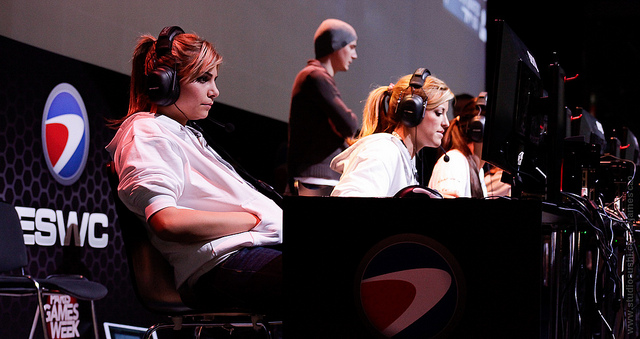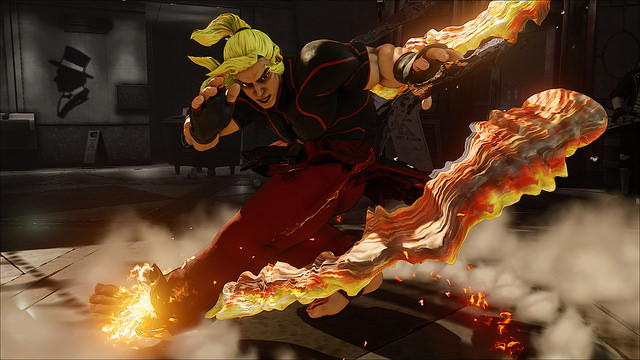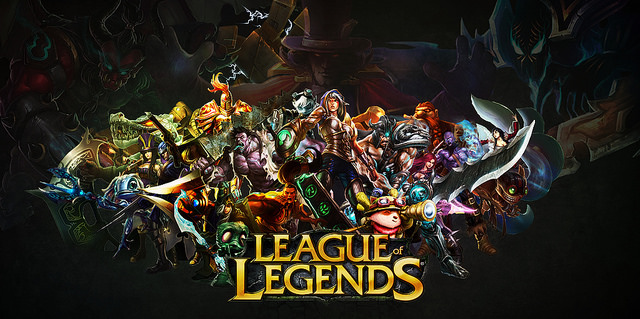
If you’re a gamer, then the mid-to-late 2000s are probably one of the most exciting periods of time you’ve ever been around to witness. Not just because of the launch of the generation of the Wii, the Playstation 3, and Xbox 360 which saw gaming surge into mainstream success. But also because of the rise of eSports. Competitive gaming has always been around in some fashion (anyone remember the Nintendo World Championships?). But from then till now, we’ve seen scenes evolving into a worldwide phenomenon. But how well are they holding up? What’s the state of the competitive gaming world looking like in 2017?
In fighting games
Perhaps the first sign that competitive gaming was starting to get serious was the rebirth of the fighting game genre. Since 2009 and the release, huge critical acclaim, and massive popularity of Street Fighter IV, the scene transformed. Instead of the arcades, it got taken to the world stage and the Evolution tournament, a long-standing tradition in the fighting game community, grew to be the perfect location for that stage. But fighting games might be in trouble. After a decidedly rocky launch year, Street Fighter V saw lower adoption rates from the average player and less viewers with the exception of Evo, itself. That said, most competitive fighting game players still play Street Fighter V. That might be the competitive community ‘going with the flow’. With the push put into Capcom Pro Tour, the game is likely to get the most prize money and coverage. But there are legitimate fears as to whether the flagship fighting game series can stand the test of time as its predecessor did. We’re not going to say that fighting games are going back into their pre-2009 slump, however. If there’s anything that fighting game communities are, it’s resilient. They can handle a dry patch and they can support games longer than most communities Just look at the near fanatic support that Super Smash Bros. Melee gets and that game is sixteen years old, now.
In competitive shooters

If you’re a fan of first-person shooting games then you might very well be of the opinion that real eSports had its roots in things like Counter-Strike, Halo, and Call of Duty well before the competitive fighting game scene rose. That might be true. Indeed, those three series are still some of the most popular eSports games. Counter-Strike is the most viewed and played among them, with CS:GO forums and communities still thriving with the latest iteration of their favorite. But there’s a recent trend that might seem to split the viewership. In particular, the games with a real chance of taking Counter-Strike’s place as king of the shooters are Overwatch and Rainbow Six: Siege, FPSes that seem to bear more in common with MOBAs than any of their contemporaries from a design standpoint, if not from a mechanic gameplay standpoint. We’re certain that CS:GO’s popularity won’t be decreasing any time soon, not even with rocky scandals like the CS:GO lottery site fiascos. But the landscape of the competitive shooter certainly looks like it’s going through some changes.
In strategy games
Perhaps one of the biggest surprises of the recent gaming years is just how much of the gaming populace is turning to PC gaming. When all bets were on the mobile market rising (and not entirely wrong) it was the PC that really shone in terms of growing audience. One of the reasons is the massive popularity of different competitive strategy games on the PC. StarCraft II was one of the biggest rising stars, but that scene has slowly started to quietly die. Instead, the kinds of strategy games standing on top are the MOBAs. League of Legends and DOTA 2 are some of the most popular, both being the most watched eSports games on Twitch for now and with few signs of relinquishing those positions, though CS:GO isn’t too far behind them. It’s hard to tell why MOBAs are so popular. The match-up aspect of the fighting game, in choosing different characters, lends to a lot of variety within matches themselves. The lower barrier to entry is also a huge factor, especially for a migrating RTS crowd that seemed to have nowhere to go before StarCraft II’s rise (and indeed, after StarCraft II’s demise). Whatever the reason, it looks like the MOBA’s star still has a long way to go before it even gives a hint of falling.
Some scenes are still surging and some are showing a real risk of collapsing. Growth is starting to slow but, make no mistake, the competitive scene is still growing. In fact, the business is set to grow to be worth more than $1 billion by year’s end. We’re looking forward to seeing how it continues to develop and if there are any games that are going to take the competitive world by storm.






